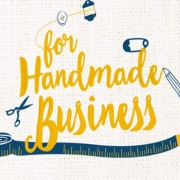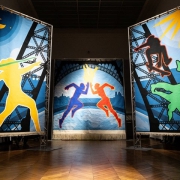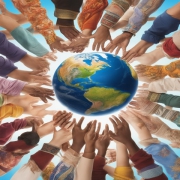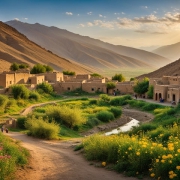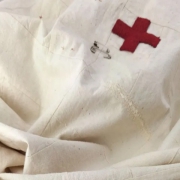h+h Cologne 2024: Empowering Handicraft Industry
The h+h Cologne 2024 International Fair, hosting 300 participants from 40 nations and drawing around 12,000 trade visitors from 78 countries, has effectively reinforced its position as the foremost global gathering for the handicraft sector. This event served as a testament to the thriving nature of the industry, where creativity and innovation intersect with tradition.
The overarching theme of “Creative Empowerment” at h+h Cologne 2024 reflects a commitment to bolstering the sustainability and growth of the handicraft trade. The fair introduced novel strategies and knowledge-sharing platforms aimed at addressing the evolving challenges within the industry. Through a comprehensive program featuring 60 sessions covering pertinent topics such as industry trends, entrepreneurship, and marketing strategies, attendees were equipped with valuable insights to navigate the ever-changing landscape.
Oliver Frese, Chief Operating Officer of Koelnmesse, expressed optimism about the long-term impact of the fair, stating, “With our new zone concept and the key theme Creative Empowerment, we are setting important impulses that will support the industry long-term and substantiate our position as the leading B2B platform.” This sentiment was echoed by Hedi Ehlen, Executive Director of Initiative Handarbeit, emphasizing the vital role of collaboration between the fair and industry stakeholders in advancing the sector.
Following three days of fruitful interactions, exhibitors from 40 nations reflected on a successful event. Creative products and services were showcased to an international audience, with notable growth in participation from countries such as Canada and Japan. With a substantial presence of foreign exhibitors and trade visitors, h+h Cologne 2024 reaffirmed its significance as a global hub for the handicraft industry, poised to drive innovation and foster international collaborations.
For more information, visit the event’s official website (click).

